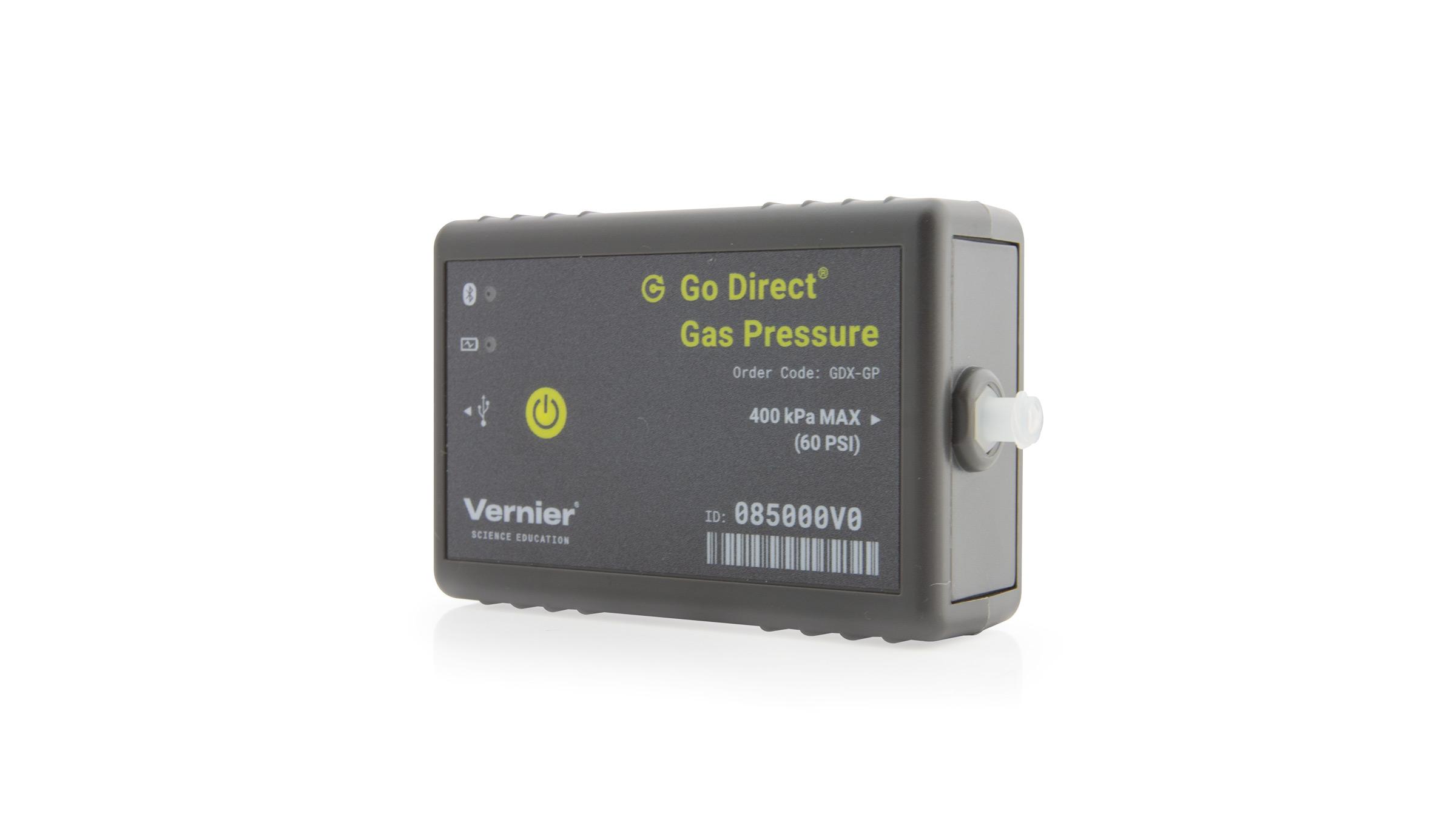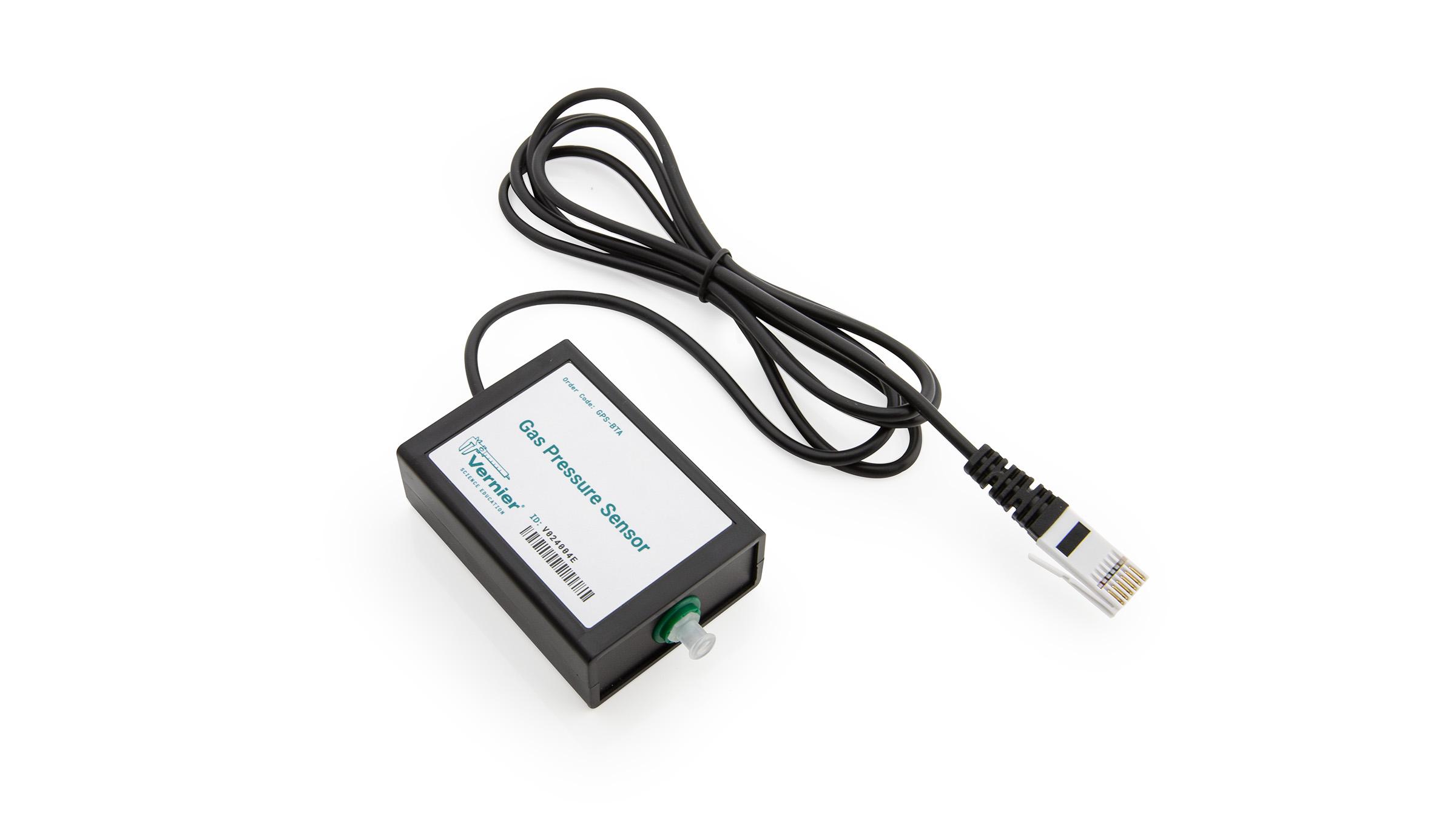Vapor Pressure and Heat of Vaporization Investigations
Experiment #14 from Investigating Chemistry through Inquiry
- Subject
- Chemistry

Introduction
When a volatile liquid is added to a closed container such as an Erlenmeyer flask, it will evaporate into the air above it in the container. Eventually, equilibrium is reached between the rate of evaporation and the rate of condensation. At this point, the vapor pressure of the liquid is equal to the partial pressure of its vapor in the flask.
Objectives
In the Preliminary Activity, you will determine the vapor pressure of ethanol at room temperature using a Gas Pressure Sensor and a Temperature Probe. You will first measure air pressure at room temperature. You will then add ethanol to the flask and, once equilibrium has been established, measure the total pressure exerted by air and ethanol vapor. You will then subtract air pressure from the total pressure to determine the vapor pressure of ethanol at that temperature.
After completing the Preliminary Activity, you will first use reference sources to find out more about vapor pressure before you choose and investigate a researchable question dealing with vapor pressure.
Sensors and Equipment
This experiment features the following sensors and equipment. Additional equipment may be required.
Ready to Experiment?
Ask an Expert
Get answers to your questions about how to teach this experiment with our support team.
- Call toll-free: 888-837-6437
- Chat with Us
- Email support@vernier.com
Purchase the Lab Book
This experiment is #14 of Investigating Chemistry through Inquiry. The experiment in the book includes student instructions as well as instructor information for set up, helpful hints, and sample graphs and data.





